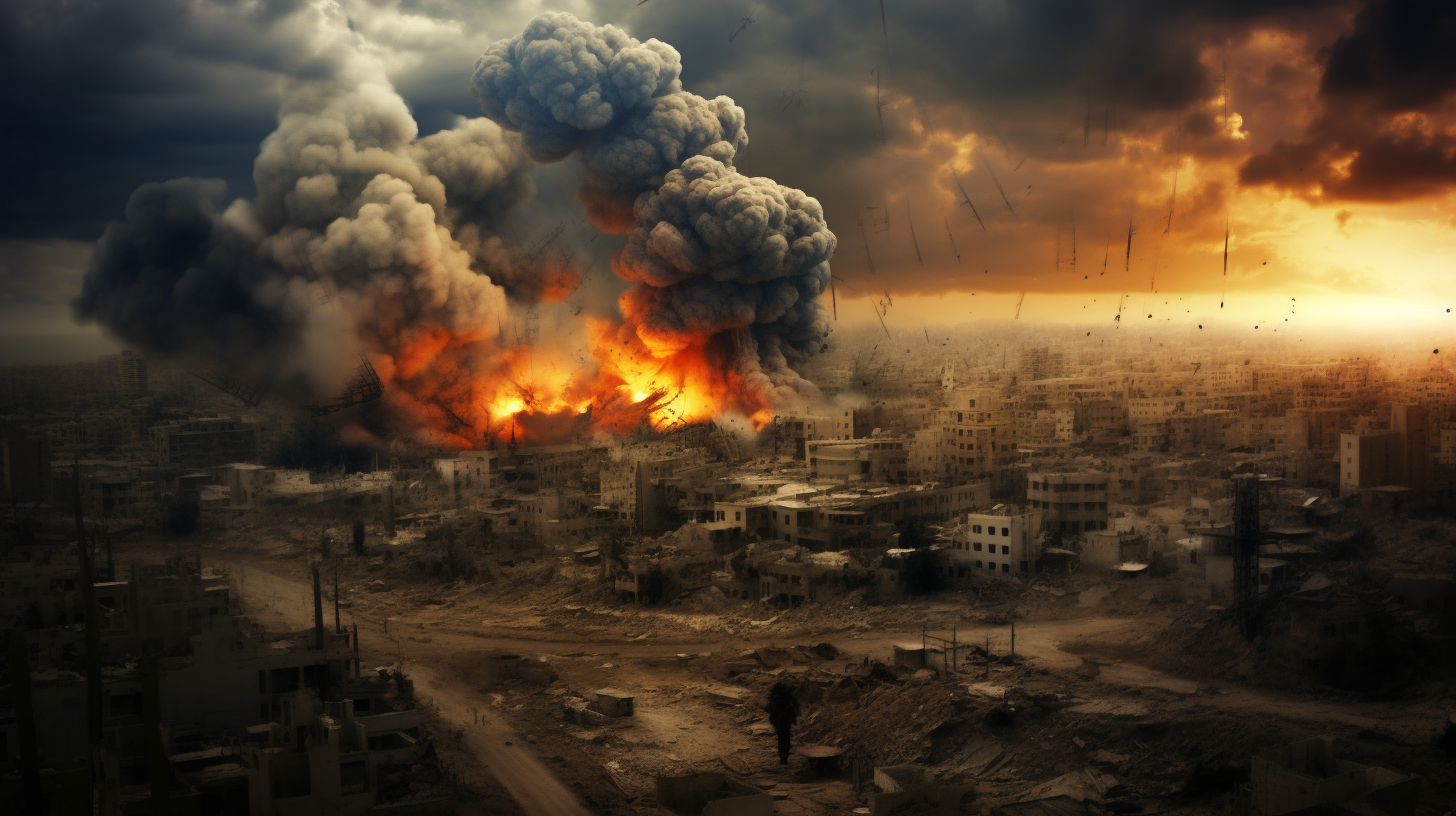| Key Points: – Small-cap defense companies operate in specialized sectors with higher agility and acquisition potential compared to mega-cap contractors – Cybersecurity, drone systems, and advanced materials offer the strongest growth opportunities in current geopolitical climate – Market volatility creates entry opportunities before institutional recognition drives valuations higher |
While major defense contractors like Lockheed Martin and Northrop Grumman capture headlines during geopolitical tensions, astute small-cap investors should turn their attention to the lesser-known defense players positioned to benefit from increased military spending and technological innovation. Small-cap defense companies often operate in specialized niches that make them indispensable to larger prime contractors and government agencies, and unlike their mega-cap counterparts, these firms can pivot quickly to emerging threats and technologies, making them attractive acquisition targets or compelling long-term growth stories.
The current geopolitical climate, highlighted by recent Middle East tensions and ongoing global conflicts, has created a sustained tailwind for defense spending. President Trump’s pledge of a $1 trillion defense budget, while potentially falling short in fiscal 2026, signals a multi-year commitment to military modernization that extends far beyond traditional weapons systems. This environment particularly benefits small-cap companies specializing in cybersecurity and electronic warfare, where firms focusing on cyber defense, electronic countermeasures, and signal intelligence are experiencing unprecedented demand. These companies often possess proprietary technologies that are difficult to replicate and command premium margins, creating substantial competitive advantages.
The drone revolution presents another compelling opportunity, extending beyond consumer applications into military reconnaissance, logistics, and combat operations. Small-cap manufacturers of specialized UAV components, software, and support systems are capturing market share from traditional aerospace giants, while companies developing next-generation materials for armor, stealth applications, and extreme environment operations often fly under the radar while generating substantial returns for early investors.
When evaluating small-cap defense opportunities, successful investors focus on companies with government contract diversification across multiple agencies and international allies to reduce single-customer risk. The most attractive investments typically feature proprietary technology through patents and specialized expertise that create competitive moats justifying premium valuations. Experienced management teams with deep defense industry connections and security clearances consistently accelerate contract wins, while financial discipline demonstrated through strong balance sheets and consistent cash flow generation proves crucial despite the lumpy nature of contract timing.
Small-cap defense investing requires careful risk assessment, as government budget cycles, security clearance requirements, and regulatory compliance create unique challenges. However, companies that successfully navigate these hurdles often enjoy sustained competitive advantages and multi-year revenue visibility that reward patient investors. The current environment of elevated geopolitical tensions, combined with technological disruption in warfare, creates an ideal backdrop for small-cap defense investments. While large-cap names grab immediate attention during crisis periods, the real long-term value creation often occurs in the innovative small companies that power the next generation of military capabilities. Smart investors should use market volatility as an opportunity to build positions in quality small-cap defense names before institutional recognition drives valuations higher.

